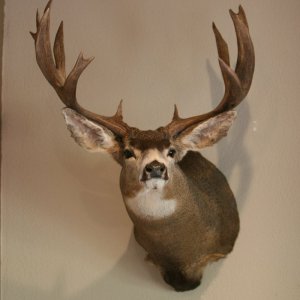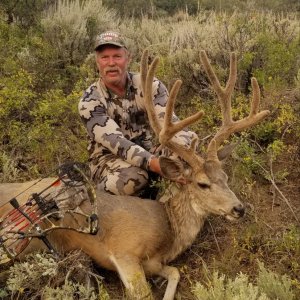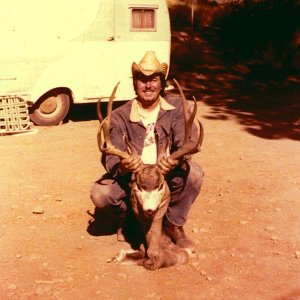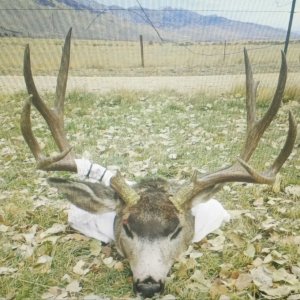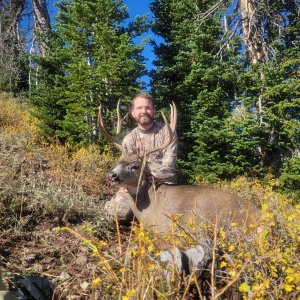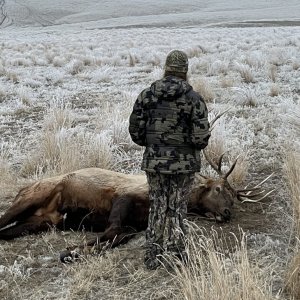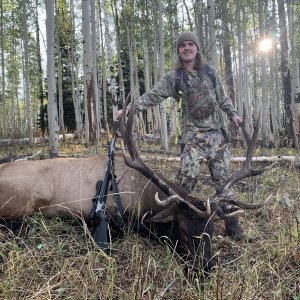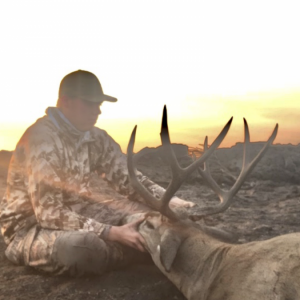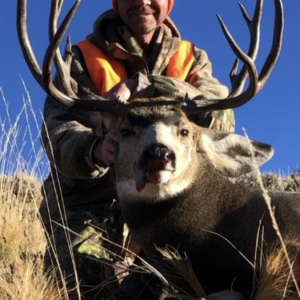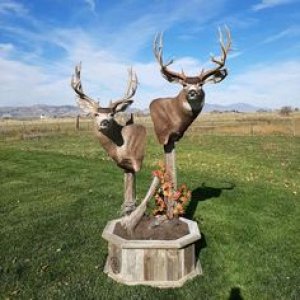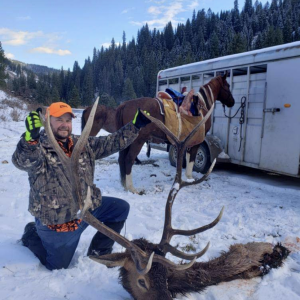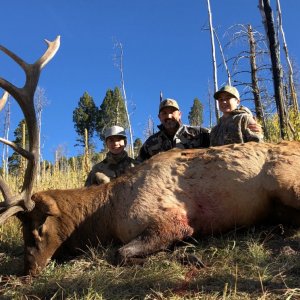In my ideal deer population I would probably say 15-25 bucks per hundred does, with at least 5 of those buck being mature bucks. That is probably a few more than is needed biologically, but I want a little bit of quality in my deer herd. Fawn to doe ratios greater than 50/100 would help the population maintain itself. If you are trying to grow a herd it might look different than if you are just trying to maintain a herd.
Even if you don't agree with the DWR's population estimates, it is hard to argue that UT's deer herd isn't at carrying capacity. Carrying capacity is more of a concept than a fixed or set number. It could be totally different from one year to the next based on varying weather conditions. Carrying capacity can be affected by weather, habitat, predation, roadkill, hunting, etc. I would argue that sport hunting isn't keeping mule deer from reaching carrying capacity in UT. Increasing carrying capacity should be the main goal of those that want to see more deer. That means habitat work, predator control, reducing roadkill, etc. We aren't killing so many does that it keeps the population from growing, it is other factors that are holding numbers down. Despite all the money and effort that have been thrown at those problems, mule deer still just don't seem to be rebounding. It isn't for lack of effort, I just think mule deer are a fragile and complicated species. I hope we can figure out some strategies that work and translate into real increases to mule deer carrying capacity and populations.
Dax
There is no such thing as a sure thing in trophy mule deer hunting.

